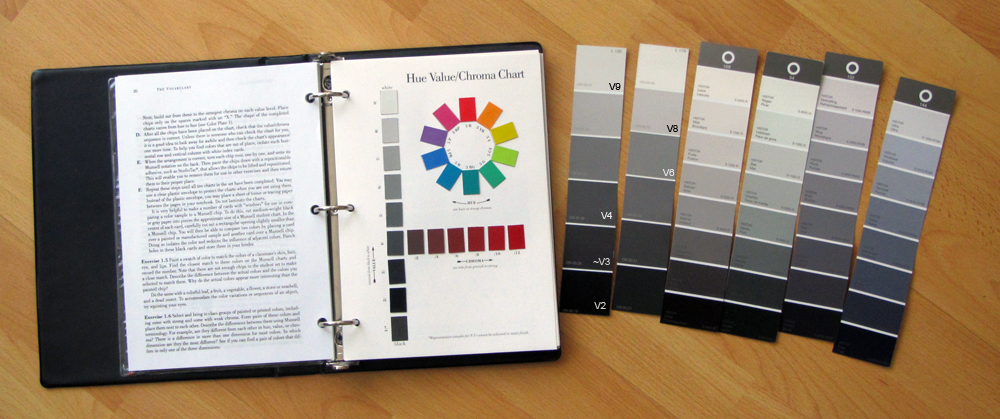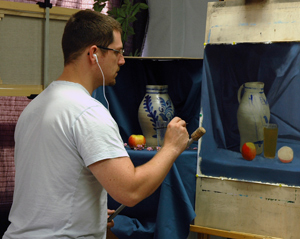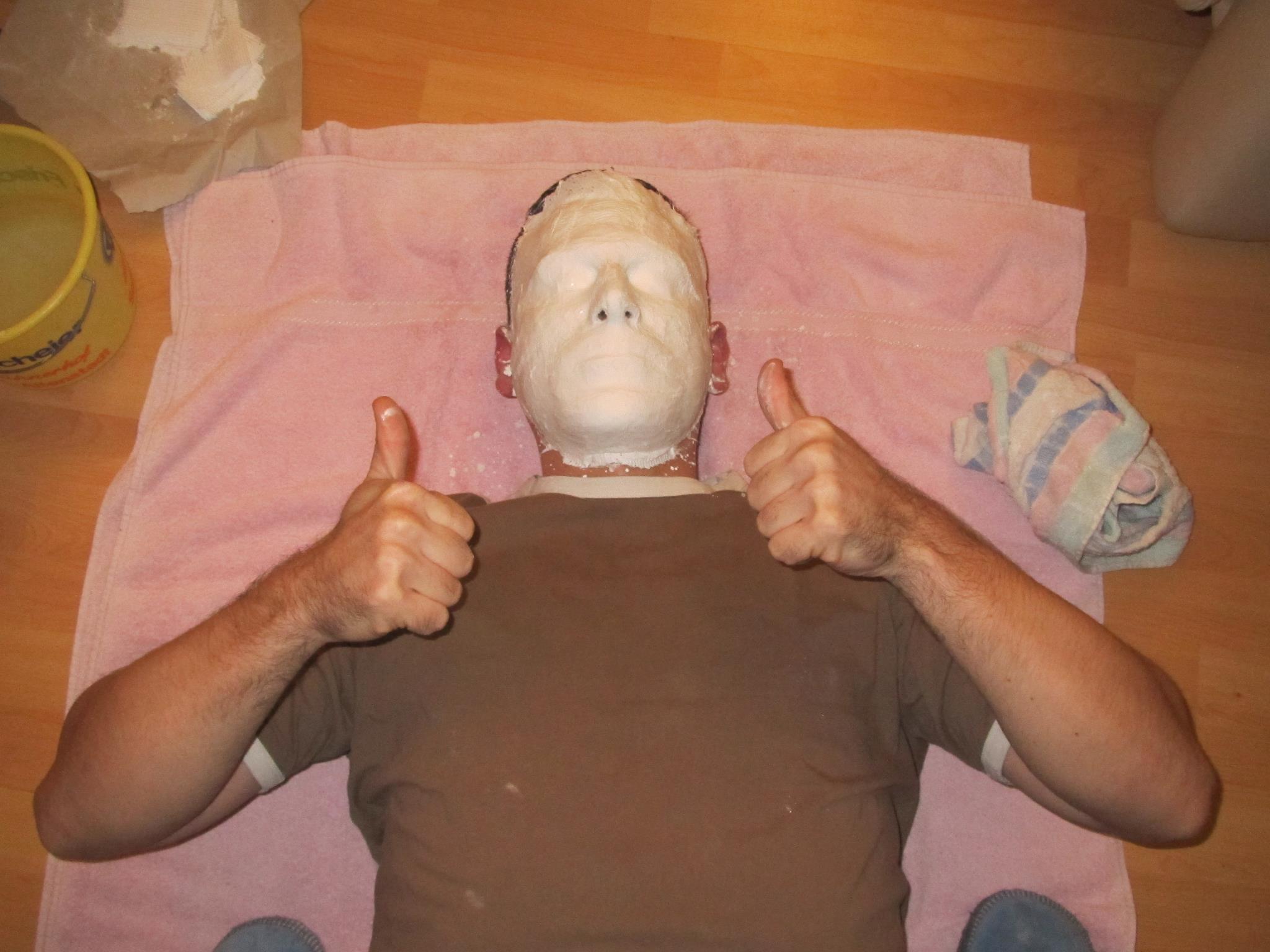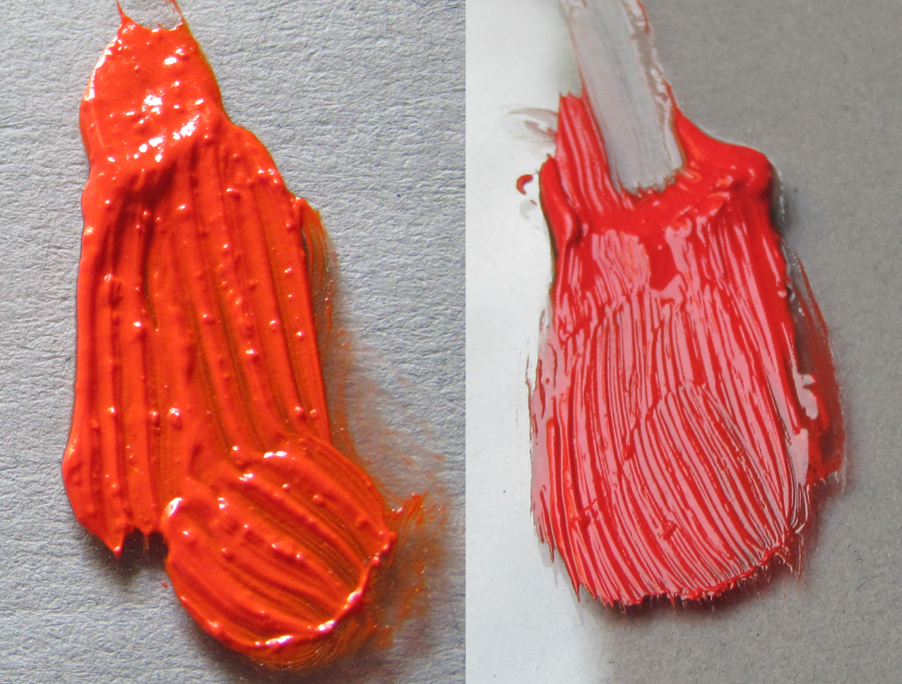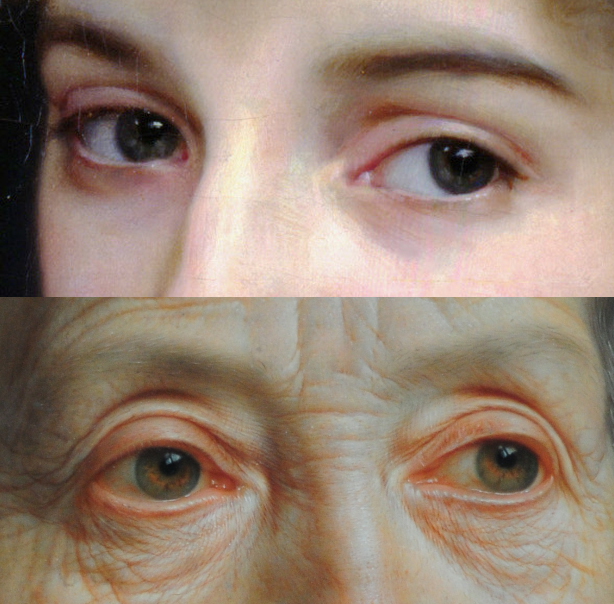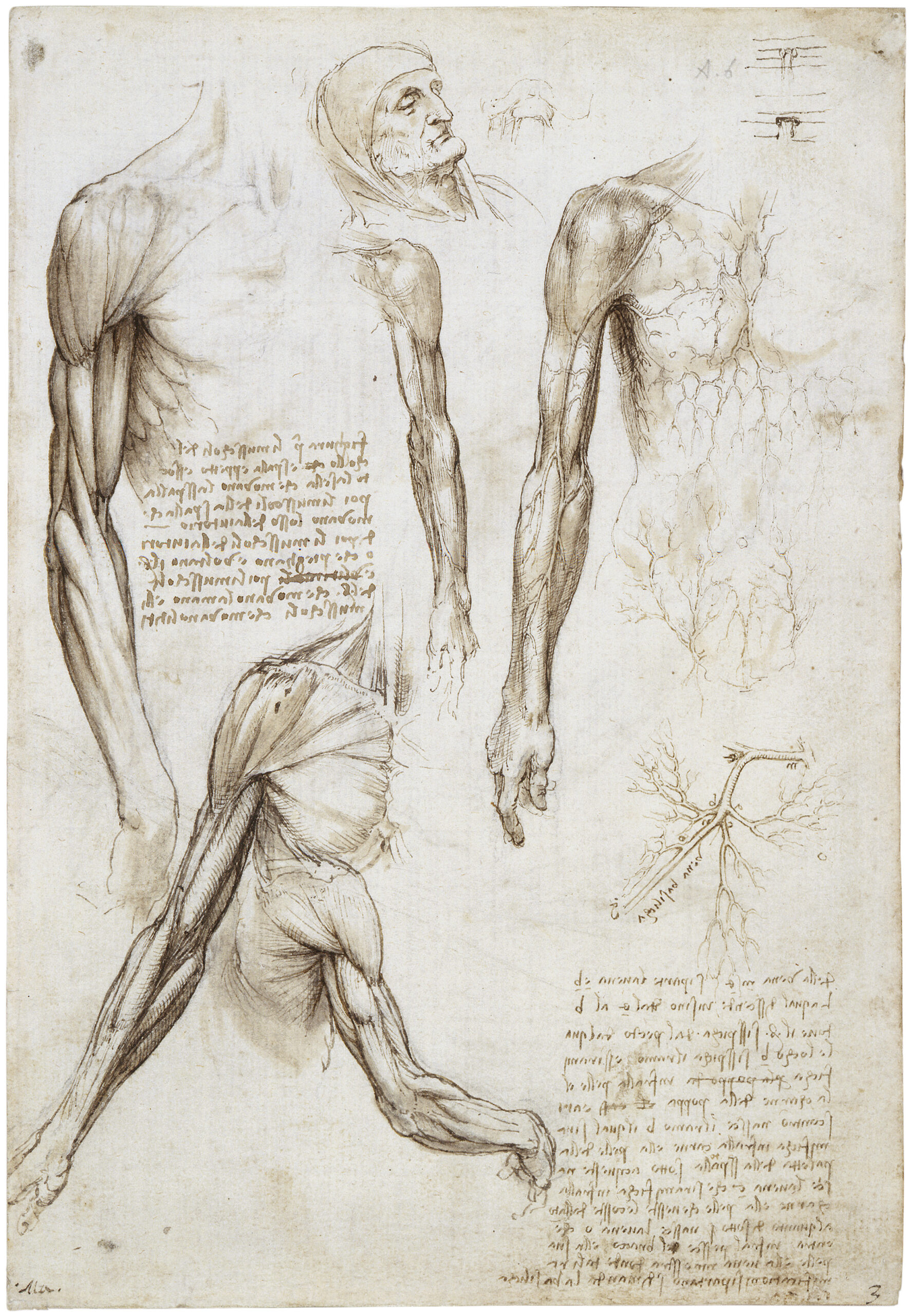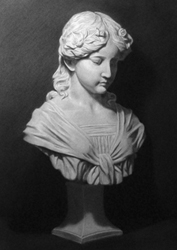Mixing Munsell neutrals
Having some neutral values at hand is very handy. You can use them for a value scale or to mix with higher chroma colors (of the same value) to make them more neutral. If you have problems judging the value of a high chroma color squint your eyes. I’ve got the Munsell student book*, and … Read more
